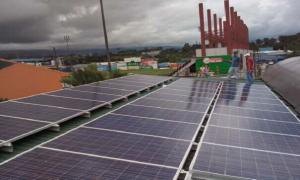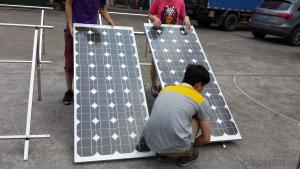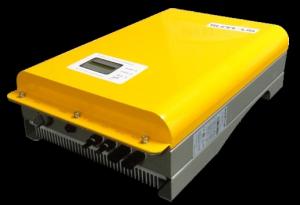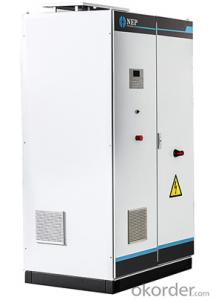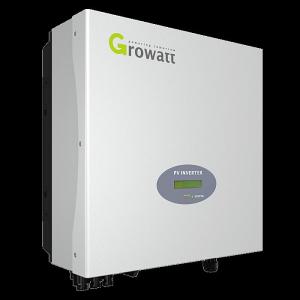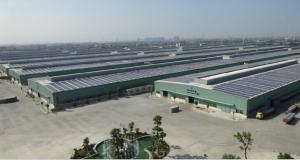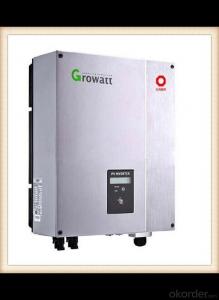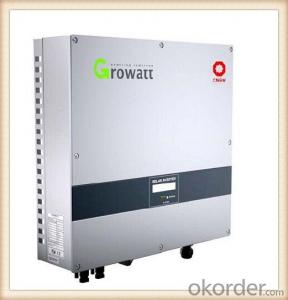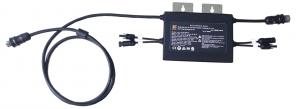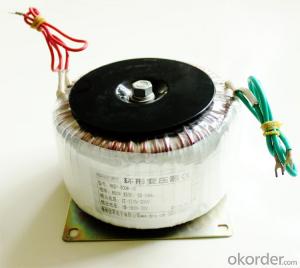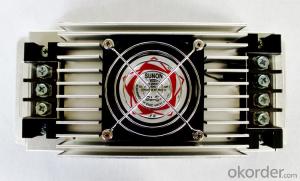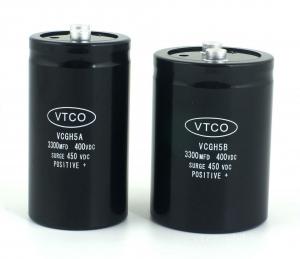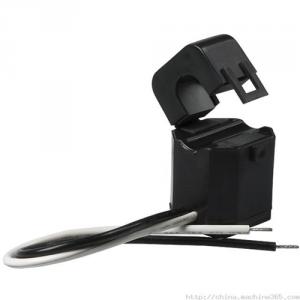Solar Hybrid Grid Tie Inverter
Solar Hybrid Grid Tie Inverter Related Searches
Hybrid Grid Tie Solar Inverter Solar Grid Tie Inverter Grid Tie Hybrid Solar Inverter Solar System Grid Tie Inverter Sun Grid Tie Inverter Grid Tie Inverter Solar Grid Tie Solar Inverter Solar Grid Tie Inverter Kit Solar Grid Tie Micro Inverter Best Solar Grid Tie Inverter Solar Inverter Grid Tie Grid-Tie Solar Inverter Solar Grid Tied Inverter Grid Tie Inverter Solar Kit Best Grid Tie Solar Inverter Grid Tie Inverter Solar Panel Solar Grid Tie Inverter Price 1kw Solar Grid Tie Inverter 10kw Solar Grid Tie Inverter 5kw Solar Grid Tie Inverter 1000w Solar Grid Tie Inverter Nep Solar Grid Tie Inverter Grid-Tied Solar Inverter 3kw Solar Grid Tie Inverter Mpp Solar Grid Tie Inverter Solar Hybrid Inverter On Grid Hybrid Solar Inverter On Grid Solar Grid Inverter Grid Tie Solar Inverter Price Grid Connected Solar InverterSolar Hybrid Grid Tie Inverter Supplier & Manufacturer from China
Solar Hybrid Grid Tie Inverters are advanced power conversion devices that combine the functionalities of both solar grid-tie inverters and battery chargers. These inverters are designed to convert DC power generated by solar panels into AC power, which can then be fed into the grid or used to power local electrical loads. They also have the capability to charge batteries when there is excess solar power available, ensuring a reliable power supply even during periods of low sunlight.The Solar Hybrid Grid Tie Inverter is widely used in various applications, including residential, commercial, and industrial settings. It is particularly beneficial in areas where grid power is unstable or unavailable, as it can provide a backup power source by utilizing stored energy from batteries. Additionally, these inverters can help users reduce their reliance on grid power, leading to cost savings and a reduced environmental impact. They are also suitable for off-grid applications, such as remote cabins or solar-powered streetlights, where a connection to the main power grid is not feasible.
Okorder.com is a leading wholesale supplier of Solar Hybrid Grid Tie Inverters, offering a vast inventory of high-quality products from reputable manufacturers. With a commitment to customer satisfaction, Okorder.com ensures that customers have access to reliable and efficient power conversion solutions at competitive prices. Their extensive range of Solar Hybrid Grid Tie Inverters caters to different power requirements and system configurations, making them a one-stop-shop for all solar power needs.
Hot Products











